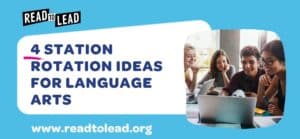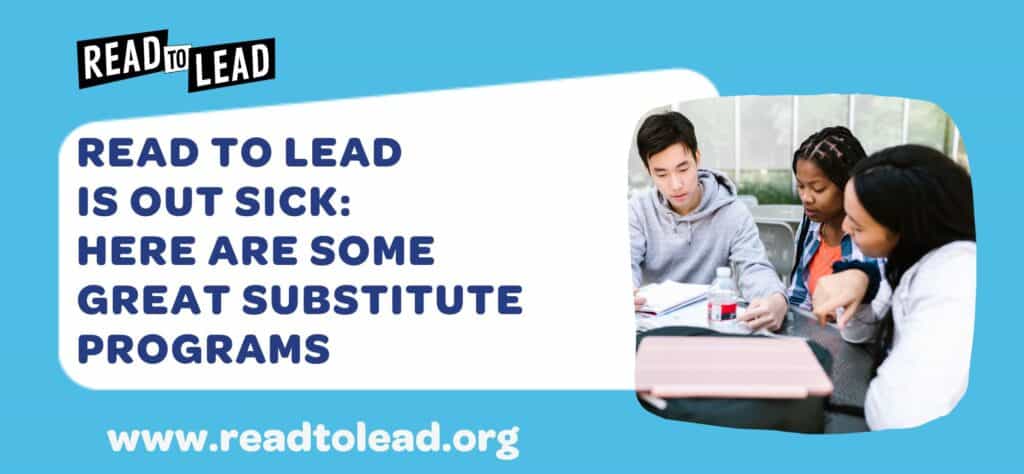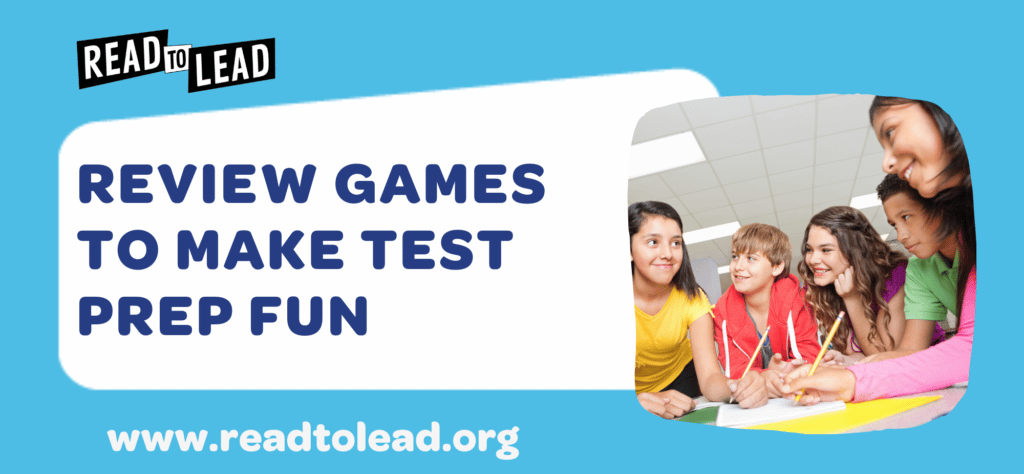
Thinking of ways to give students more agency in their learning while being able to devote more time and attention to each individual student? Station rotations could be the answer!
A tried-and-tested teaching model that can easily be implemented in any classroom, station rotations are excellent in allowing students to control the pace and direction of their learning. They also give teachers the opportunity to focus on a few students at a time and effectively address learning gaps among students. We have a few ideas on how to implement the station rotation model in Language Arts classrooms, but first …
What is the station rotation model all about?
Typically in the station rotation model, the teacher sets up several different tasks around the classroom, each called a station. Students are then assigned to a specific station, and work collaboratively or individually on the task at hand. At the end of a certain amount of time, students move to a new station to work on a different task. This continues until all students have had a chance to work on the tasks at each station.
The station rotation model creates opportunities for deepening differentiated learning, as teachers are able to customize tasks for small groups of students and provide assistance where necessary. It also allows students to decide how they will complete their tasks, and provides opportunities for small group collaboration.
If this sounds like something you and your students will benefit from, keep reading because we have some great ideas on how to put this into action in your ELA classroom!
Grammar Stations
Does doing rote grammar exercises put your students to sleep? Energize them with grammar station rotations! Some ideas for stations include sorting to categorize (e.g. nouns, verbs, adjectives, adverbs), identifying grammatical concepts in set texts (e.g. pick out the sentences in the passive voice), and sentence construction using the target grammatical concept. Another popular idea for a station is editing for common grammar mistakes – you could even use actual sentences your students have written (without their names of course!)
For more ideas on grammar stations, check out Grammar Stations: 15 Engaging Stations.
Annotation Stations
Working through a set text with your students but struggling to get them to participate in discussions because they haven’t read it closely? Skip the lecture on the importance of reading their texts before class, and incorporate annotation stations into your close reading protocol instead! Have students annotate for specific directives at each station, switching highlighter colour between stations.
Too often, students read their texts without thinking critically about them, so getting them to work on specific annotations will encourage them to read more closely. At the end of all the rotations, students would have a much better grasp of that section of text, and will be able to participate in deeper discussions as a class!
Peer Review Stations
If you’re tired of having to read through essays filled with spelling mistakes and basic grammar errors, you’re going to love peer review stations. Set up stations for spelling, grammar, vocabulary, sentence structure and content. At each station, students take on the role of the teacher and read through a peer’s work to highlight errors and make edits in one of these five areas.
After cycling through all the stations, students will have a much better idea of how to improve on their work before submitting their final essay. They will also be able to tap into support from their peers to generate and revise ideas, and clarify their thinking work. This not only gives students a chance to draw inspiration from each other and learn from their own mistakes, but it also makes your job much easier! Win-win!
Reading Stations
Independent reading is one of the most powerful predictors of student achievement and success, but getting students to read can be a challenge. If you’re wondering how reading stations can work to encourage independent reading, that’s where Read to Lead games come in handy!
Pick a Read to Lead game to set as an independent reading tool for one station, and use the accompanying discussion prompts for another station. The corresponding debate question can form the third station, and the fourth station would be small group time with the teacher to engage in differentiated learning exercises based on the reporting found on the platform. Students get a chance to read independently while playing fun games, AND enjoy personalized attention from their teacher – in addition to working in small groups and developing collaborative skills! What’s not to like?
Station rotations are sure to be a hit among your students, and will definitely keep students engaged and interested in learning. So what are you waiting for? Sign up for Read to Lead today to get started with reading stations in your ELA classroom – it’s FREE for educators!
About Read to Lead
Read to Lead uses the power of game-based learning to empower middle school students to build literacy, life, and career skills. Teachers can sign up for a free account to get started!


